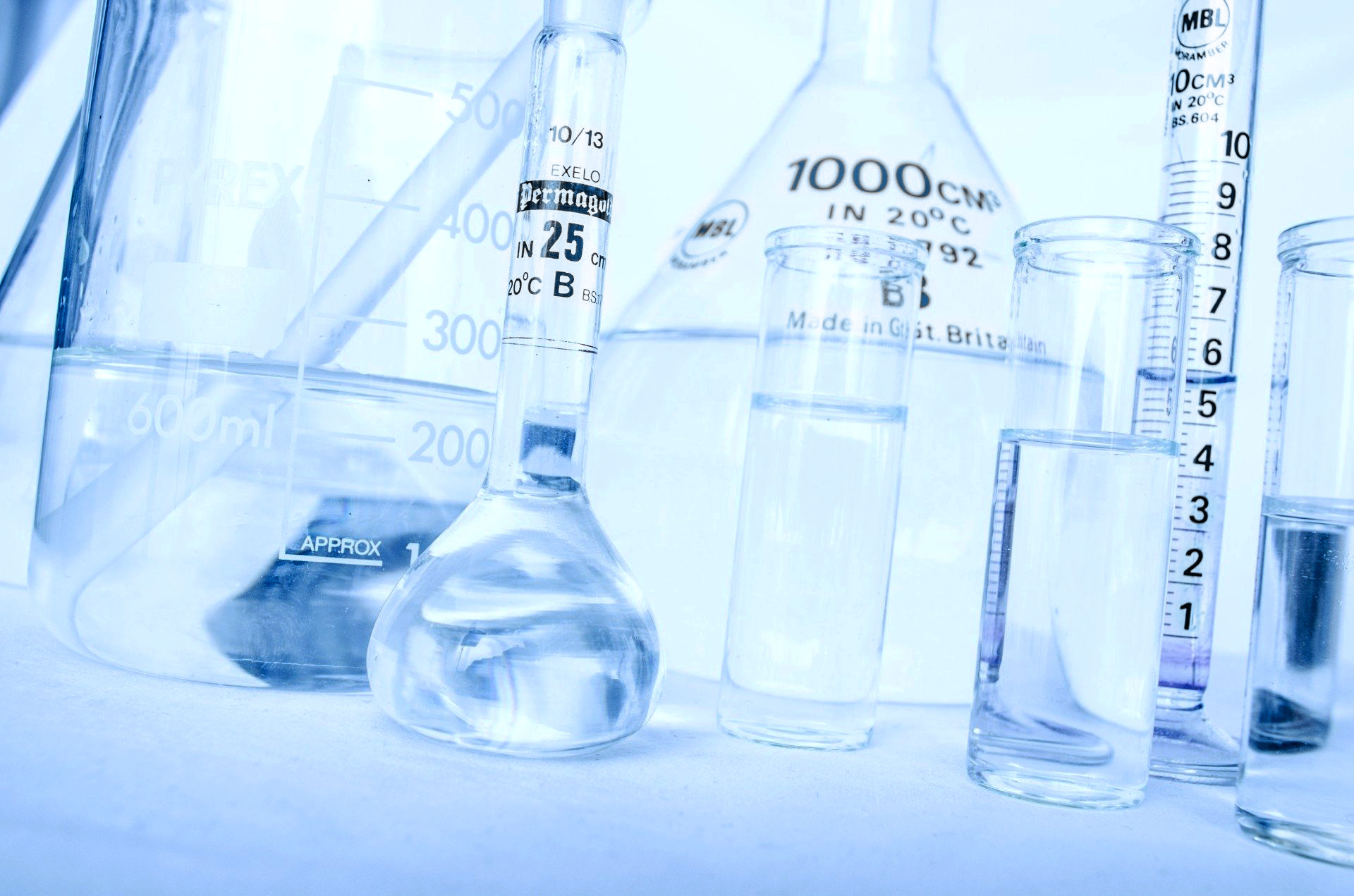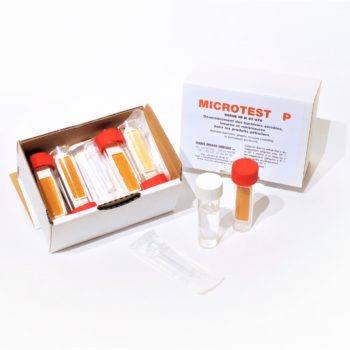Paints are complex mixtures that have a common property: sooner or later they can be attacked and destroyed. This can be the consequence of climatic conditions or other environmental factors, human influence, or micro-organisms.
They can adapt remarkably well, even in the most inhospitable conditions. Thus even paints can be colonized by germs, especially those in water: these are mainly bacteria, more occasionally yeasts and fungi. Almost all bacteria can adapt in paints, as long as the conditions are favourable to them.
What are the consequences?
The consequences are similar to those of food:
- Bad smells, typical of spoiled paint
- Gas production
- Discolouration by pigmented microbes or coloured metabolites
- Loss of viscosity, e.g. cellulose-based thickeners that are degraded by the enzymatic system of bacteria or yeast
- Phase separation
- Sludge formation caused by Enterobacteriaceae or fungi
How can we avoid these degradations?
Prevention is paramount:
- Use of preservatives:
-
-
- 5-chloro-methylisothiazolin-3-one (CIT) and 2-methylisothiazolin-3-one (MIT) such as theORGANCIDE 14.
- Quaternary ammonium such as VITALUB QC 50
-
-
- Hygiene during the production phase: importance of staff training, documentation detailing different disinfection steps.



